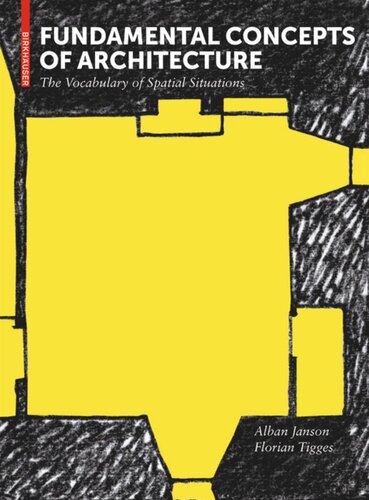

Most ebook files are in PDF format, so you can easily read them using various software such as Foxit Reader or directly on the Google Chrome browser.
Some ebook files are released by publishers in other formats such as .awz, .mobi, .epub, .fb2, etc. You may need to install specific software to read these formats on mobile/PC, such as Calibre.
Please read the tutorial at this link: https://ebookbell.com/faq
We offer FREE conversion to the popular formats you request; however, this may take some time. Therefore, right after payment, please email us, and we will try to provide the service as quickly as possible.
For some exceptional file formats or broken links (if any), please refrain from opening any disputes. Instead, email us first, and we will try to assist within a maximum of 6 hours.
EbookBell Team

4.3
38 reviewsDictionary of architectural experience
Architecture is an experience – with the intellect and with all our senses, in motion, and in use. But in order to actually discuss and assess it with relevance, a clarification of terms is essential in order to avoid the vagueness that often prevails when talking about architecture.
This dictionary provides a vocabulary that allows the architecture discourse to go beyond the declaration of constructive relationships or the description of architectonic forms in familiar terms like “roof,” “base,” “wall,” and “axis” or “proportion”. The point is to describe the experience of architecture: how exactly does it contribute to the experience of a situation? For instance, the staging of an entrance situation, or the layout and visitor routes through a museum.
From “context,” through “guidance,” “readability,” “patina,” “spatial structure,” “symmetry” and “tectonics,” to “width” (and “narrowness”) or “window,” the most important terms in architectural language are explained precisely and in detail.